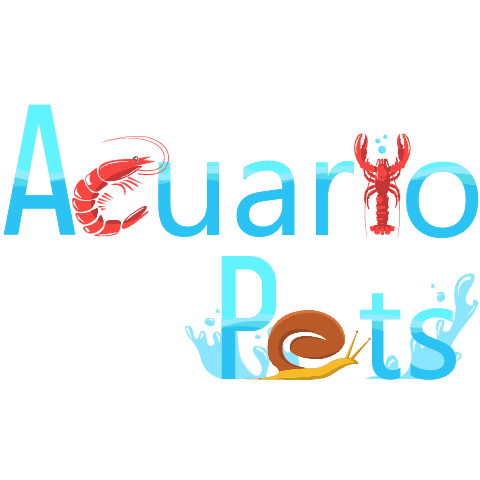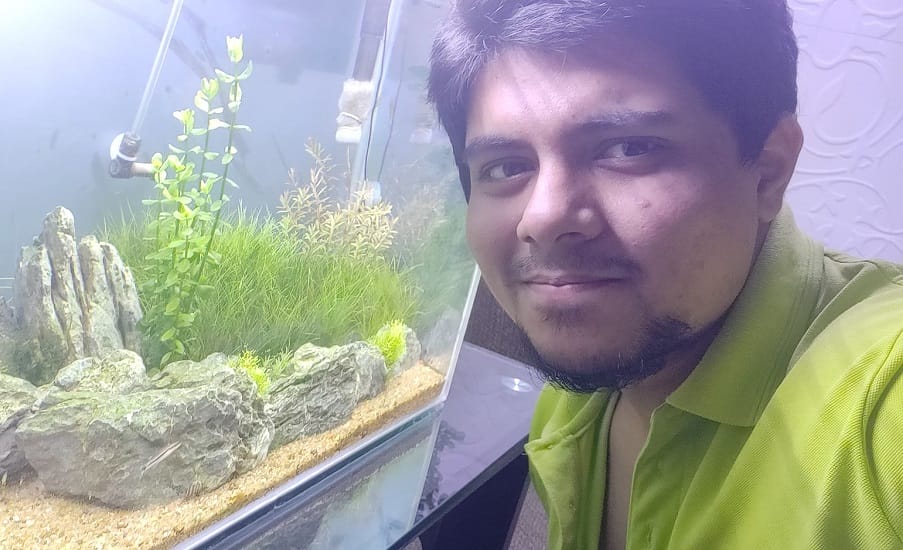This post was created with help from AI tools and carefully reviewed by a human (Muntaseer Rahman) . For more on how we use AI on this site, check out our Editorial Policy.
Check Out These FREE Tools We Made JUST For You!
25 Genius Leopard Gecko Tips You’ll Wish You Knew Earlier

I thought I had leopard gecko care figured out… until mine stopped eating, hid for days, and pooped in his water bowl like it was a hobby.
Turns out, there’s a huge difference between basic care and smart care.
So I put together 25 tips I wish someone handed me on day one—little tricks that make gecko life smoother, cleaner, and way less stressful.
Some save you time. Some save your gecko’s health. All of them? Worth stealing.
25 Genius Leopard Gecko Tips
1. Line the Tank With Puppy Pads for Easy Cleaning
Substrate gets messy fast—poop smears, spilled water, shed skin. Puppy pads fix all of that. They absorb liquid, trap smell, and stay in place better than paper towels.
When it’s dirty, just roll it up and toss. No scrubbing. No soaking. Just a clean tank in seconds.
2. Use a Smooth, Shallow Bowl for Worms
Worms are escape artists. They’ll crawl out of rough bowls or deep dishes and vanish into your gecko’s setup.
A smooth-sided ceramic or glass bowl with low edges keeps them visible and trapped. It makes feeding time cleaner and way less frustrating, both for you and your gecko.
3. Freeze Veggie Cubes for Easy Salad Days
Even if your gecko doesn’t eat greens, this trick is gold if you keep other reptiles too. Chop safe leafy greens, mix in a bit of water, and freeze them in an ice cube tray.
When you need a serving, pop one out, thaw it, and you’re good to go. It saves fridge space and keeps greens from going bad.
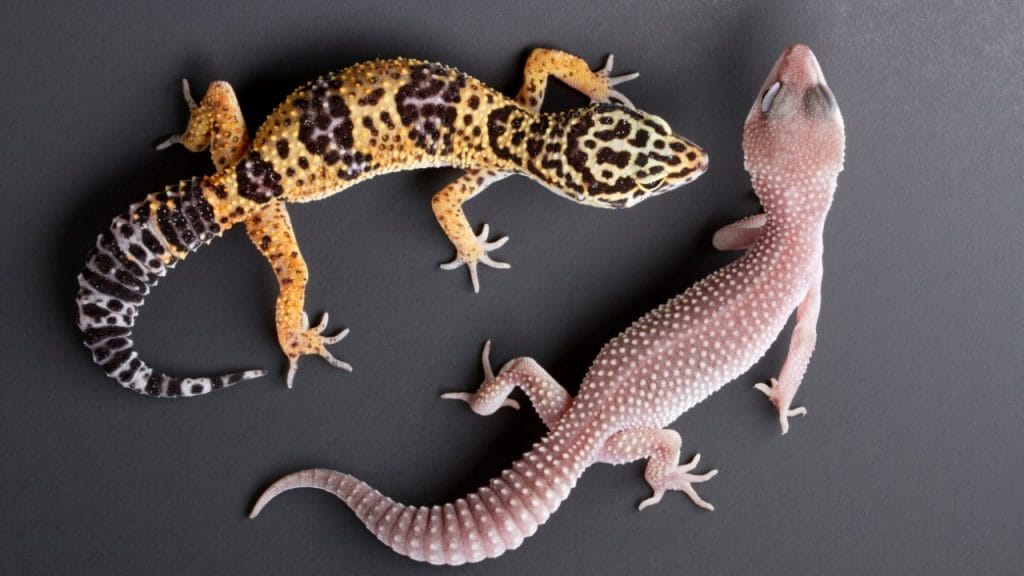
4. Add a Second Moist Hide on the Cool Side
Most people stick a moist hide on the warm side, which is fine for shedding. But geckos sometimes avoid heat when they’re stressed or sick.
A second moist hide on the cool end gives them options. It’s a tiny setup change that makes a big difference when they’re picky or moody.
5. Use a $5 Plug Timer to Automate Lights
Life gets busy. Maybe you sleep in, work late, or just forget to turn on the lights. A cheap mechanical plug timer fixes that forever.
Set the on and off times once, and your gecko gets a steady day-night cycle without you lifting a finger. Better sleep for them, less hassle for you.
6. Keep a Feeding Tongs Just for Treat Days
Use a specific color or shape of tongs only when giving special snacks—like waxworms or hornworms. Geckos pick up on patterns fast.
This builds excitement and makes them more responsive to feeding time, especially if they’ve been ignoring regular food.
7. Mount a Small Thermometer Inside Each Hide
Surface temps inside hides matter way more than room temps. Stick a mini thermometer probe right inside the warm and cool hides.
This way, you’re not guessing—you’ll know if it’s 88°F where your gecko actually sleeps, not just floating in the tank air.
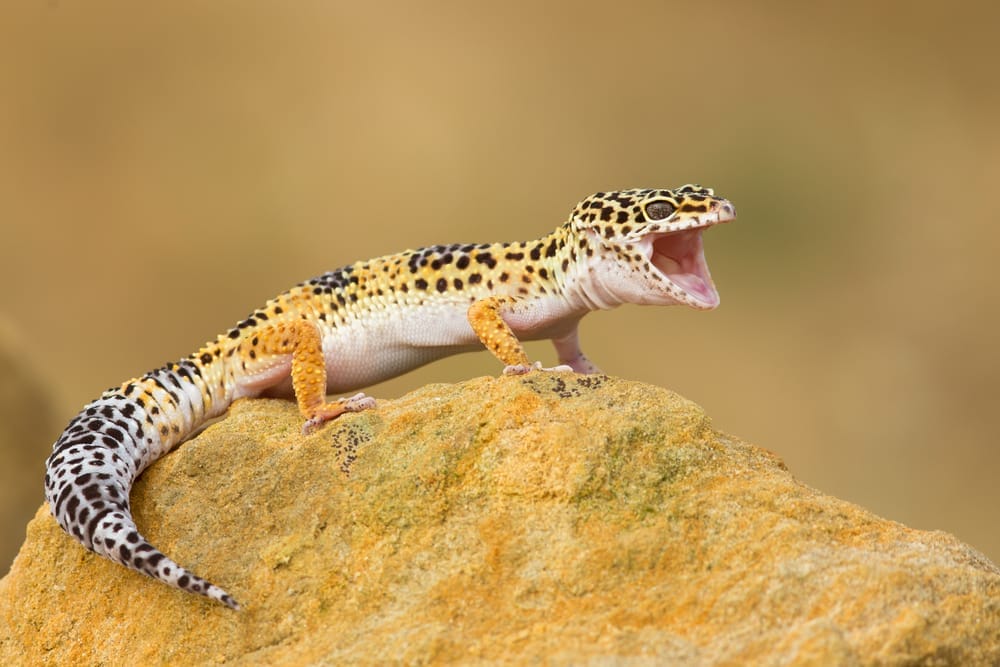
8. Cut an Old T-Shirt to Make a DIY Gecko Hammock
Take an old soft cotton shirt, cut a large triangle, and tie the ends to suction cups. Boom—instant hammock.
It gives your gecko a cozy lounging spot that smells familiar and costs nothing. Some geckos ignore hammocks, but many love the height and texture.
9. Keep a “Poop Tracker” With Dates
Track where and when your gecko poops. Just a tiny notebook or notes app. It helps spot patterns, catch constipation early, and makes vet visits easier. If they suddenly stop going for days, you’ll know something’s off—before it gets serious.
10. Use a Reptile Egg Box as a Budget Humid Hide
Reptile egg boxes (those plastic deli cups with lids and holes) make perfect humid hides when filled with damp sphagnum moss.
They’re cheap, easy to clean, and fit in smaller enclosures. Drill a small entrance hole, and you’ve got a reusable moisture chamber on the cheap.
11. Put a Rock Under the Heat Lamp to Boost Belly Warmth
Leopard geckos need belly heat to digest food properly. A flat stone under the heat lamp holds warmth longer and gives a stable, warm surface for basking. It’s better than just heating the air or the glass floor.
12. Use Colored Tape to Label Hides and Decor
If you have multiple tanks or just want to stay organized, label the bottoms of hides and accessories with colored tape. One color for warm-side stuff, another for cool-side. Makes setup and cleaning quicker, especially if you rearrange often.
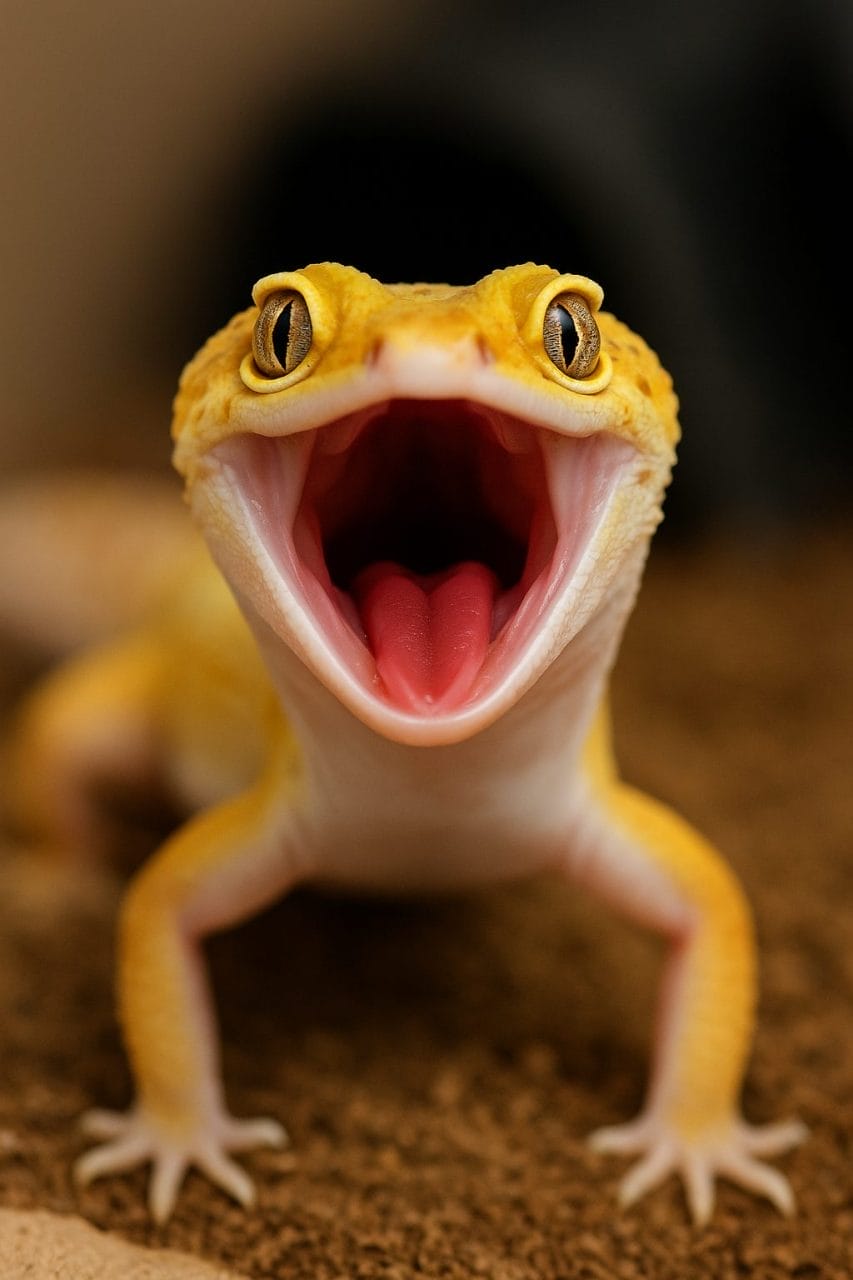
13. Keep Emergency Waxworms in the Freezer
Pickiest gecko in the world? Won’t eat after a shed? A waxworm or two can kickstart their appetite. Buy a small batch, freeze them, and you’ve got backup food on hand. Just thaw before serving. Not healthy as a staple, but perfect in a pinch.
14. Tape a Ziplock Bag to the Side for Used Sheds
Geckos sometimes leave bits of shed behind, and if you clean daily, it piles up fast. Stick a small ziplock bag to the outside of the tank as a temporary trash bag. Toss in old sheds, dried bugs, whatever. Empty once a week. Saves trips to the trash can.
15. Build a Hide Out of a Cheap Plastic Food Container
Don’t waste money on pet store hides. Take a black plastic food tub, cut an entrance hole, and smooth the edges. That’s it. It’s dark, lightweight, and easy to replace. Works great for both warm and cool hides.
16. Use a Flashlight to Spot Uneaten Bugs at Night
Geckos are sneaky eaters, and bugs often hide in corners. Before bed, shine a flashlight into the tank. Crickets and roaches glow slightly under direct light, making them easier to spot and remove so they don’t chew on your gecko later.
17. Offer Food Right After Lights Turn Off
Some geckos ignore food during the day but go wild at night. Try dropping worms or small roaches right after lights go off. It matches their natural rhythm and often works better than daytime feedings.
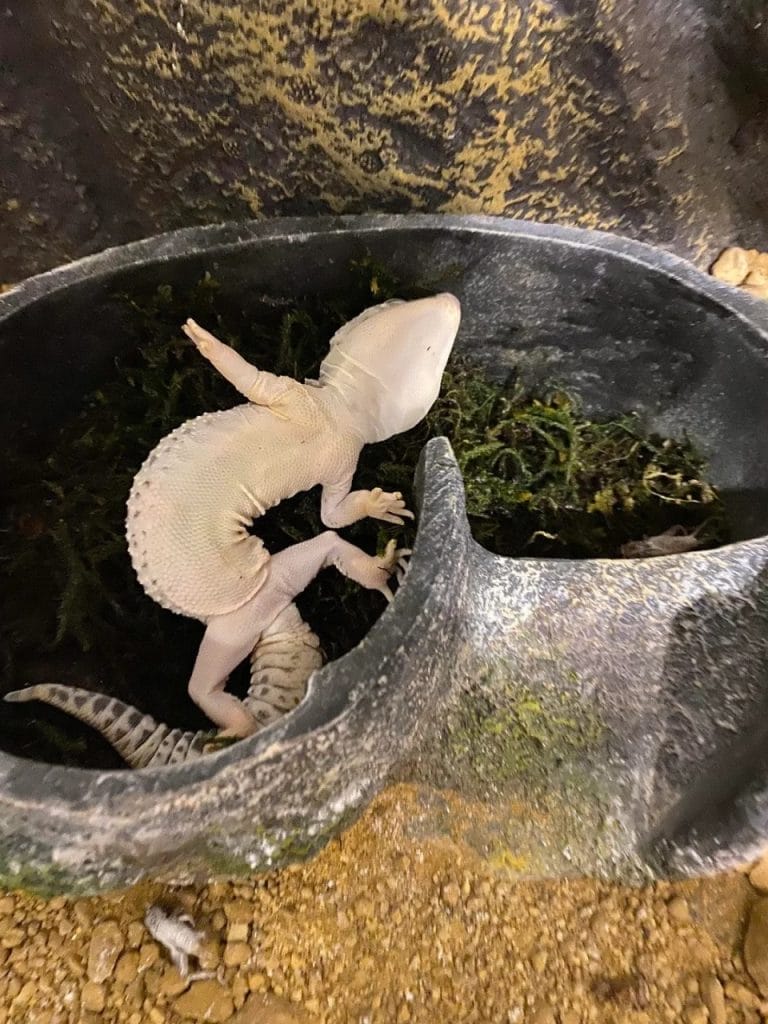
18. Stick a Moist Paper Towel Inside Toilet Paper Tubes
Cut a slit in a toilet paper roll, tuck in a moist paper towel, and place it in the tank. Geckos love crawling inside, and the humidity helps during shed. It’s a cheap boredom buster with added skin-care benefits.
19. Put Calcium Powder in a Salt Shaker
Instead of using the original tub and overshooting, move your calcium powder into a small salt shaker. It gives you more control when dusting feeders and avoids wasting half the bottle every time you prep a meal.
20. Use Velcro Strips to Keep Decor From Sliding
Plastic plants, background pieces, or light hides tend to slide or fall over. Stick velcro strips under them or on the tank wall to keep everything in place—even when your gecko body-slams into them at night.
21. Keep a Travel Bin Ready for Vet Visits or Emergencies
Don’t scramble during a crisis. Set up a small plastic bin with a soft towel, heat pack, and lid with air holes. Store it nearby. If you ever need to rush your gecko to the vet or evacuate, you’re ready in 10 seconds flat.
22. Use a Small Paintbrush to Help With Stuck Shed
When shed sticks to toes or tail tips, don’t yank it. Gently brush it off with a damp, soft paintbrush. It’s way safer than pulling with fingers and works better than soaking alone—especially around delicate toes.
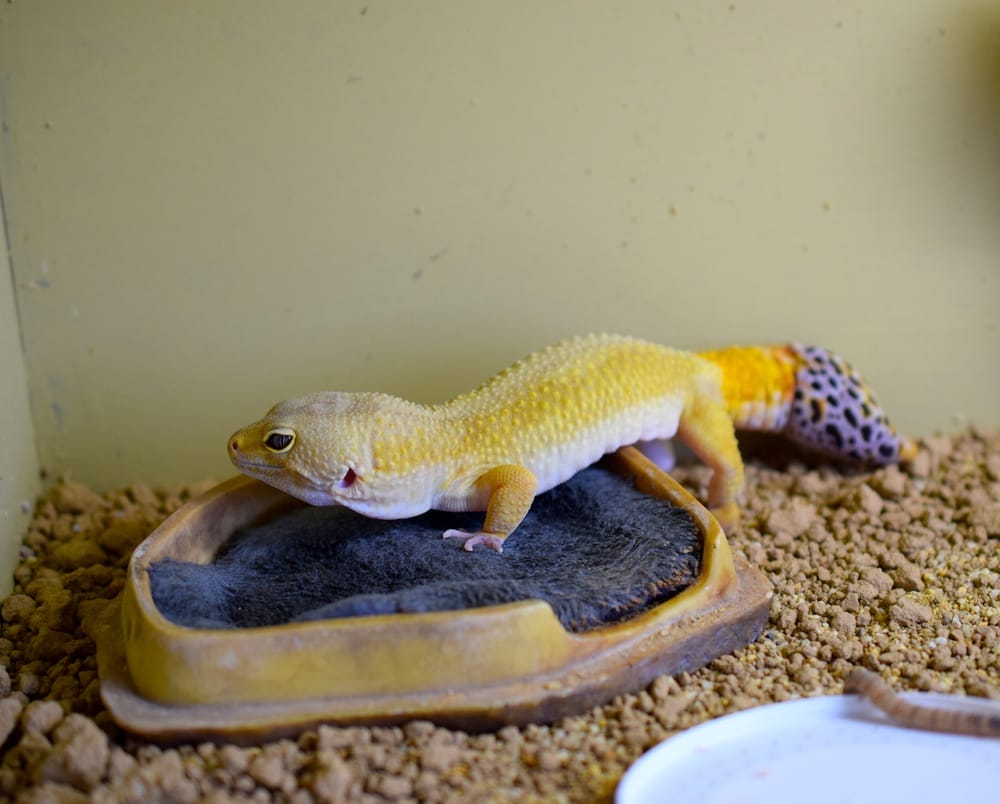
23. Rotate Decor Every Few Weeks
Geckos may not need “toys,” but they notice changes. Swapping out a hide or moving a plant keeps their space fresh and gives mild enrichment. Think of it like rearranging your room—it breaks boredom.
24. Add a Lid or Mesh Over Humid Hides to Keep In Moisture
If your moss dries out fast, cover the top of your humid hide with plastic wrap or mesh to trap humidity. Just make sure there’s still airflow inside. It holds moisture longer without drenching the whole tank.
25. Keep a Weekly Checklist for Temps, Poop, Shedding, and Weight
A basic weekly log helps you catch subtle changes. Maybe your gecko’s losing weight. Maybe temps are off. Maybe poop looks weird.
Tracking just 4 things once a week gives you a full health snapshot—and a head start if something’s wrong.
About Author
Hello, I’m Muntaseer Rahman, the owner of AcuarioPets.com. I’m passionate about aquarium pets like shrimps, snails, crabs, and crayfish. I’ve created this website to share my expertise and help you provide better care for these amazing pets.
Disclaimer
This site is owned and operated by Muntaseer Rahman. AcuarioPets.com is a participant in the Amazon Services LLC Associates Program, an affiliate advertising program designed to provide a means for sites to earn advertising fees by advertising and linking to Amazon.com. This site also participates in other affiliate programs and is compensated for referring traffic and business to these companies.
